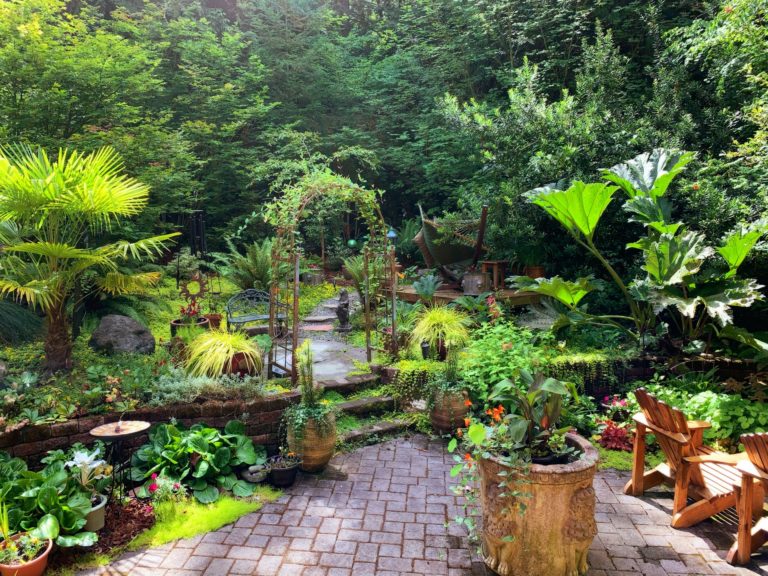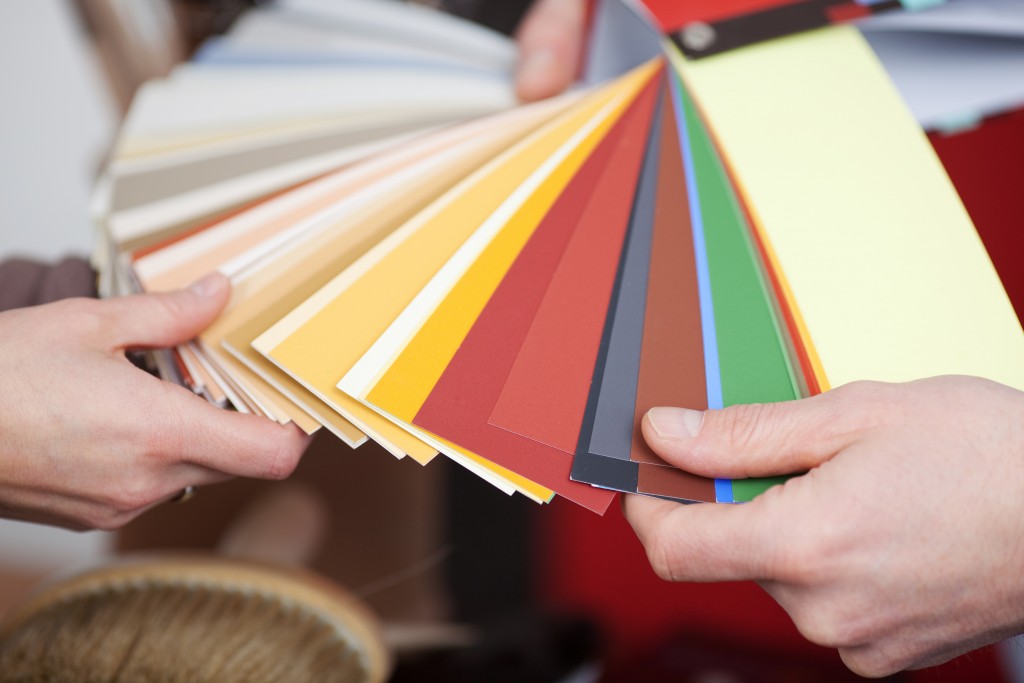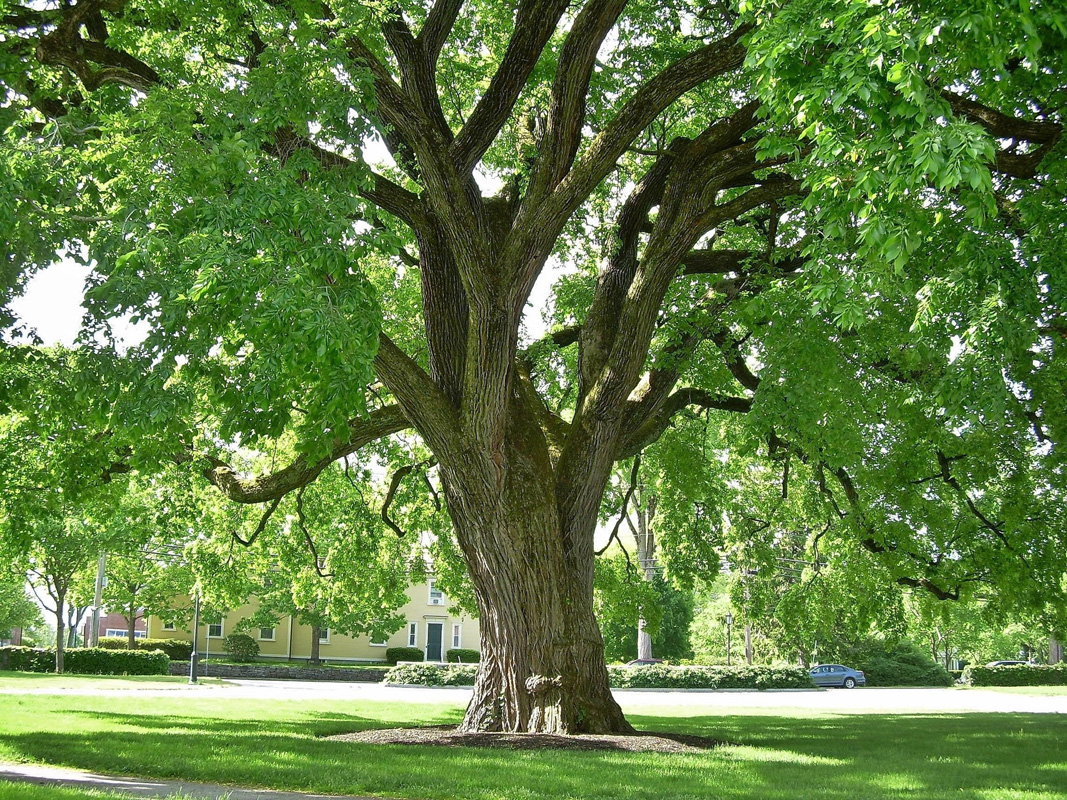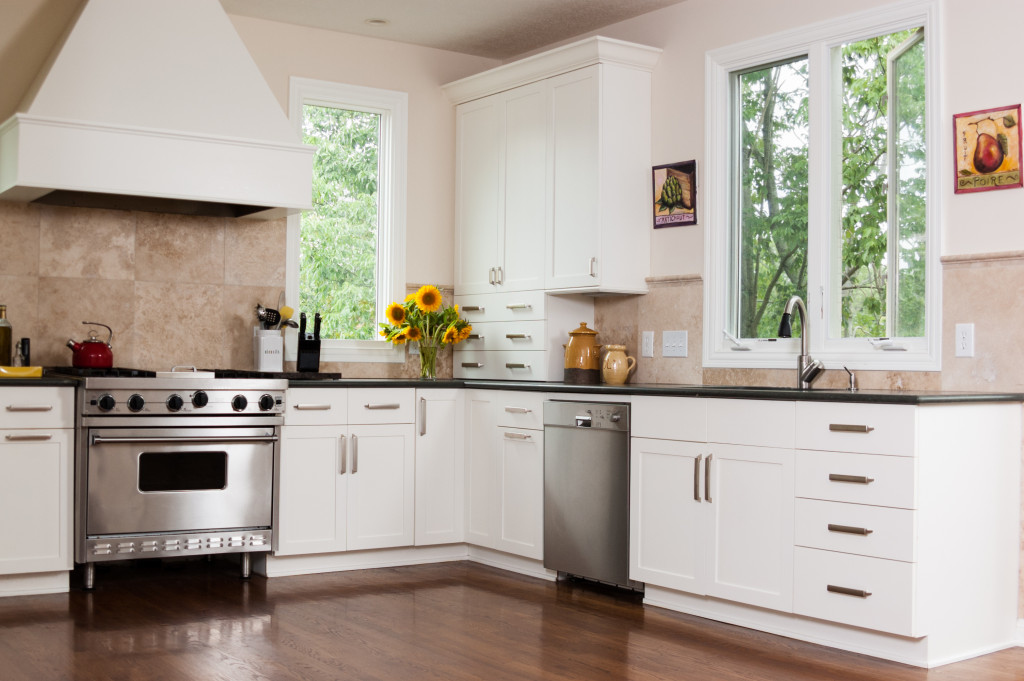While most home improvement and landscaping projects rely on budgets and elbow grease to make good progress, these projects are creative and design-intensive by nature. As such, to do good by your home means channeling your inner designer and squeezing out that extra bit of creativity to really make your home stand out.
However, one area of the home that often gets swept to the wayside in favor of the interior is the garden, a place meant for scenery and serenity. Because of this, most homes showcase gardens that are lackluster and badly need some fixing up. So, to address this growing problem of failing gardens, here’s a quick guide to planning a garden route and creating beautiful views from the comfort of your home.
A General Route and Garden Layout
Before jumping in and making any rash design decisions, you want to have a general route and garden layout on hand. Since most homes sport a paved pathway or stones, you could use this as a reference for the garden route, but do feel free to experiment if you don’t have a general path. You might also want an overhead plan/view of the entire garden/backyard to make the lay-outing process much smoother.
Establish the View from Your House
The first thing to consider is your garden’s view from inside the house to get a general feel of how everything comes together. By spending some time inside looking out, you might be able to spot areas of improvement like the pergola being overbearing, the fence needing a fresh coat of paint, or having to replace the roof gutters to protect your flowers.
The goal is to make everything line up and complement each other; the last thing you want is a garden that can’t pin down its identity. One thing to consider is the primary route your garden utilizes, and whether it’s a central path or winding path, all other design elements should work around this design.
Consider an Outdoor Eating Area

One of the best things about gardens is that they aren’t only good for show but also have plenty of functional appeals that people fail to realize. One example is incorporating an outdoor eating area into your garden with a simple round table and four matching seats. Going with this style nets you a beautiful backdrop for your next dinner date with the family and the perfect scenery for this coming Christmas season.
- Family Area: If you’re not the type to eat outside but do enjoy extra lounging space for relaxation, extending your efforts to the outside and into the garden is a viable option. Nothing is more calming than breathing fresh air and being surrounded by nature, plus there’s a lot of flexibility from couches to hammocks and wooden benches.
- Play Area: If you’re quite the family man and have toddlers running around your home, you know very well how much of a mess they can generate when left to their own devices. So, instead of limiting their playtime inside the house, why not create a general play area for them in the garden. Swings and trampolines are sure to keep them occupied and practically match any garden design possible.
Understand the Tool Shed
We all need a place to keep our lawn and garden tools, and that’s precisely why we have sheds tucked away at the back part of our gardens. However, when you fail to invest any of your budgets into making it look decent, the shed can be a bit of an eyesore and ruin the image of your beautiful garden.
- Covering Unattractive Views: One method in making it more attractive is by incorporating your flowers and plants over the shed to cover it, making it look like it came from a Disney film. Sure, it might take some extra effort in planning how it will look, but you spare no additional expense and can add so much appeal to your garden.
- Try Screening: For any other area that looks a bit unattractive or doesn’t go well with the current aesthetic you’re trying to achieve, a good practice is screening them with tall plants. An example of this would be using bamboo to give an ordinary backsplash a modern look.
Different Angles of Planting
Finally, you want to maximize the amount of beauty you can claim from every angle with your choice of plants, shrubs, and flowers. You can utilize a sense of leveling and layer with taller plants when placed against a wall or maybe go for something more dynamic with staggered beds, bold patchworks, and wooden decking.
As a side note, you will also want to create a focal point in your garden, a centerpiece that draws attention and helps bring the vista into full-view. An excellent example would be a blossoming flower bed or potted plants that can be viewed from all sides.
A Scenic Urban Garden
Home design is not an easy subject to master, but if you invest enough time and effort, the appeal it can bring back into your property is outstanding. Take these simple tips and methods, and see how you can apply them to creating your scenic urban garden.






